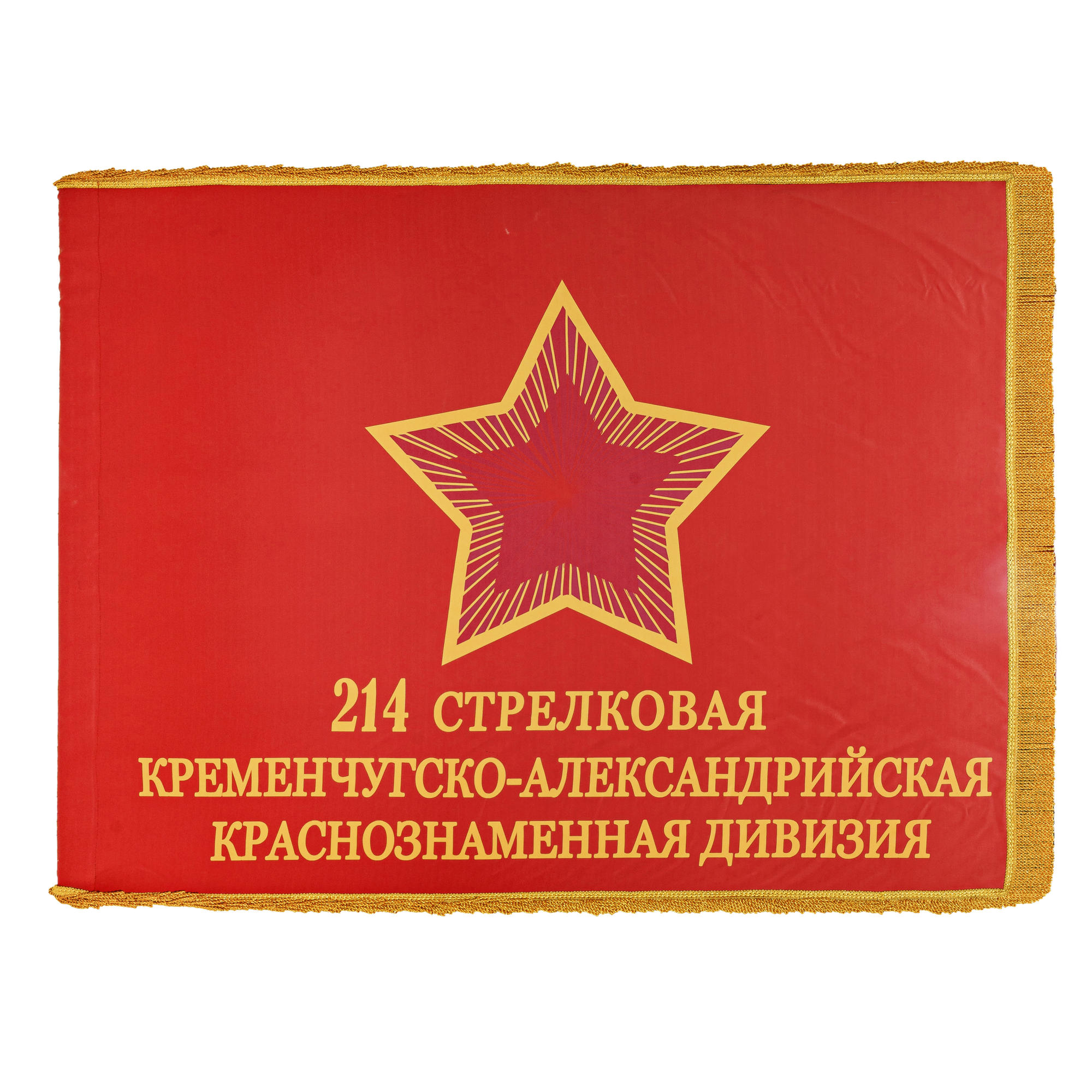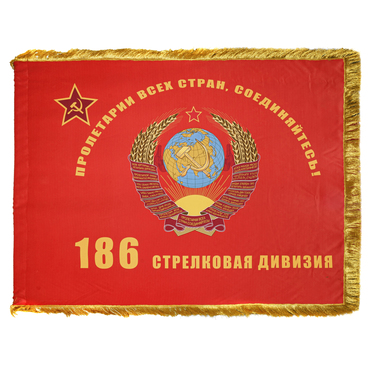Bringing the 433rd Rifle Division up to strength on the territory of the Bashkir Autonomous Soviet Socialist Republic began in December 1941. A month later, in January 1942, it was renamed the 214th Rifle Division (of the 2nd Formation). Its headquarters was at school No. 38 of Ufa. This military unit was formed by Major General Nikolai Ivanovich Biryukov and Commissar Alexei Fedorovich Sobol. Young people were born in 1923, who did not have military experience, were mainly mobilized.
Combat training was carried out in an expedited manner. Future fighters learned the basics of military skill on mock-ups and rose to mount a mock attack, holding their wooden assault rifles and rifles ready. The commanders drove recruits to the bone, which later helped them more than once on the front. In the first half of May 1942, the units arrived in the city of Stalinogorsk (now Novomoskovsk, Tula Region), where they joined the 1st Reserve Army, later renamed the 64th Army.
Everything here reminded of fierce fighting: knocked-out hardware, minefields, and conflagrations. On July 12, the personnel entrained and moved south – it was time to fight. On July 16, the division detrained at the Donskaya station, 80 km from Stalingrad, and walked to take its starting positions.
Military historians consider July 17, 1942 the beginning of the Battle of Stalingrad. This day the 214th division received its first baptism of fire. Its fighters barred the Nazis' way to Stalingrad during the long 200 days. The unit was engaged in heavy, bloody fighting to liberate the settlements of Verkhne-Gnilovsky and Nizhne-Gnilovsky (now the village of Donskoye).
It was during this period that Gulya Koroleva, a combat medic of the 780th Rifle Regiment, 214th Rifle Division, performed a notable feat. The girl saved the lives of 50 wounded soldiers, taking them out of the fire. After the death of the commander, Gulya, by her example, led soldiers into an attack and, breaking into an enemy trench, destroyed 15 fascists.
The Battle of Stalingrad ended, the division went to the reserve and in July 1943 became part of the 53rd Army of the Steppe Front. It has the Poltava-Kremenchug, Nizhnedneprovsk strategic and Znamensky offensive operations to its credit. For the liberation of the city of Kremenchug, the division was given the honorary name ‘Kremenchug’, for the liberation of the city of Alexandria — ‘Alexandria’.
The 214th division destroyed 257 German tanks, 10 aircraft, about 900 guns and mortars, hundreds of vehicles in the first 2 years of the war alone. During the fighting, they killed over 40 thousand and captured about 6 thousand enemy soldiers and officers. For combat service, the division was awarded the Order of Red Combat Banner, the Order of Bogdan Khmelnitsky 2nd class and the Order of Suvorov 2nd class.
The 214th Rifle Red Banner Kremenchug Alexandria Order of Suvorov 2nd class, Bogdan Khmelnitsky 2nd class division participated in the capture of Berlin and ended the war in the city of Liberec, west of Prague. Nine of its brave warriors were awarded the title of the Hero of the Soviet Union.
The flag is a symbol of military valor and glory. A rectangular bilateral cloth of red silk fabric with gold fringe on three sides along the edge. A maroon five-pointed star with a border and rays inside embroidered in golden silk is in its center. The full name of the division is below it.
Combat training was carried out in an expedited manner. Future fighters learned the basics of military skill on mock-ups and rose to mount a mock attack, holding their wooden assault rifles and rifles ready. The commanders drove recruits to the bone, which later helped them more than once on the front. In the first half of May 1942, the units arrived in the city of Stalinogorsk (now Novomoskovsk, Tula Region), where they joined the 1st Reserve Army, later renamed the 64th Army.
Everything here reminded of fierce fighting: knocked-out hardware, minefields, and conflagrations. On July 12, the personnel entrained and moved south – it was time to fight. On July 16, the division detrained at the Donskaya station, 80 km from Stalingrad, and walked to take its starting positions.
Military historians consider July 17, 1942 the beginning of the Battle of Stalingrad. This day the 214th division received its first baptism of fire. Its fighters barred the Nazis' way to Stalingrad during the long 200 days. The unit was engaged in heavy, bloody fighting to liberate the settlements of Verkhne-Gnilovsky and Nizhne-Gnilovsky (now the village of Donskoye).
It was during this period that Gulya Koroleva, a combat medic of the 780th Rifle Regiment, 214th Rifle Division, performed a notable feat. The girl saved the lives of 50 wounded soldiers, taking them out of the fire. After the death of the commander, Gulya, by her example, led soldiers into an attack and, breaking into an enemy trench, destroyed 15 fascists.
The Battle of Stalingrad ended, the division went to the reserve and in July 1943 became part of the 53rd Army of the Steppe Front. It has the Poltava-Kremenchug, Nizhnedneprovsk strategic and Znamensky offensive operations to its credit. For the liberation of the city of Kremenchug, the division was given the honorary name ‘Kremenchug’, for the liberation of the city of Alexandria — ‘Alexandria’.
The 214th division destroyed 257 German tanks, 10 aircraft, about 900 guns and mortars, hundreds of vehicles in the first 2 years of the war alone. During the fighting, they killed over 40 thousand and captured about 6 thousand enemy soldiers and officers. For combat service, the division was awarded the Order of Red Combat Banner, the Order of Bogdan Khmelnitsky 2nd class and the Order of Suvorov 2nd class.
The 214th Rifle Red Banner Kremenchug Alexandria Order of Suvorov 2nd class, Bogdan Khmelnitsky 2nd class division participated in the capture of Berlin and ended the war in the city of Liberec, west of Prague. Nine of its brave warriors were awarded the title of the Hero of the Soviet Union.
The flag is a symbol of military valor and glory. A rectangular bilateral cloth of red silk fabric with gold fringe on three sides along the edge. A maroon five-pointed star with a border and rays inside embroidered in golden silk is in its center. The full name of the division is below it.



